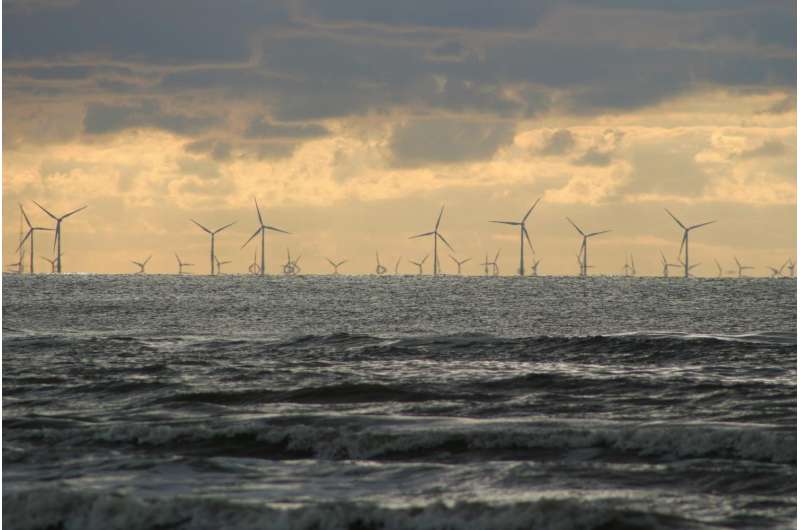Maine will procure at least 3,000 megawatts of electricity from offshore wind turbines by 2040 under a bill signed Thursday by Democratic Gov. Janet Mills, enough to power about half of the state’s electricity load.
Incentives to ensure wind power developers steer clear of lucrative lobster fishing grounds are included in the law, which puts Maine on a path to catch up with other states that already have offshore wind projects. The law sets a timeline for requests for offshore proposals, as well as standards for port development and construction jobs.
Unlike other projects in the region, the Gulf of Maine wind turbines would showcase floating platform technology because the water is too deep for turbines to be anchored to the ocean floor. State officials hope companies will utilize technology from the University of Maine, which has been pioneering precast floating turbines and has tested prototypes off the coast.
“Offshore wind, done responsibly, offers Maine the opportunity to secure abundant clean energy, stable energy prices, good-paying jobs and a healthier environment for future generations,” Mills said in a statement.
The timeline calls for the federal lease sales to be completed next year and for the state to release requests for proposals to operate the offshore wind turbines in early 2026.
“The clear message to the clean energy industry is that Maine is ready to lead, come work with us,” said Habib Dagher, director of the University of Maine’s Advanced Structures and Composites Center.
The U.S. Bureau of Ocean Energy Management gave the green light earlier this month for New Jersey’s first offshore wind farm to begin construction and previously approved projects under construction off Massachusetts, New York and Rhode Island.
State Sen. Mark Lawrence, the bill’s sponsor, thanked his colleagues for agreeing to a compromise after the governor vetoed an earlier version over concerns that labor provisions would have excluded many Maine workers. “This bill will mean jobs, lower and more stable energy prices while combating climate change at the same time,” he said.

